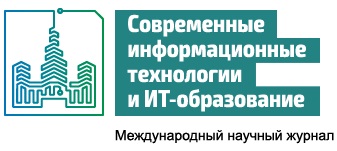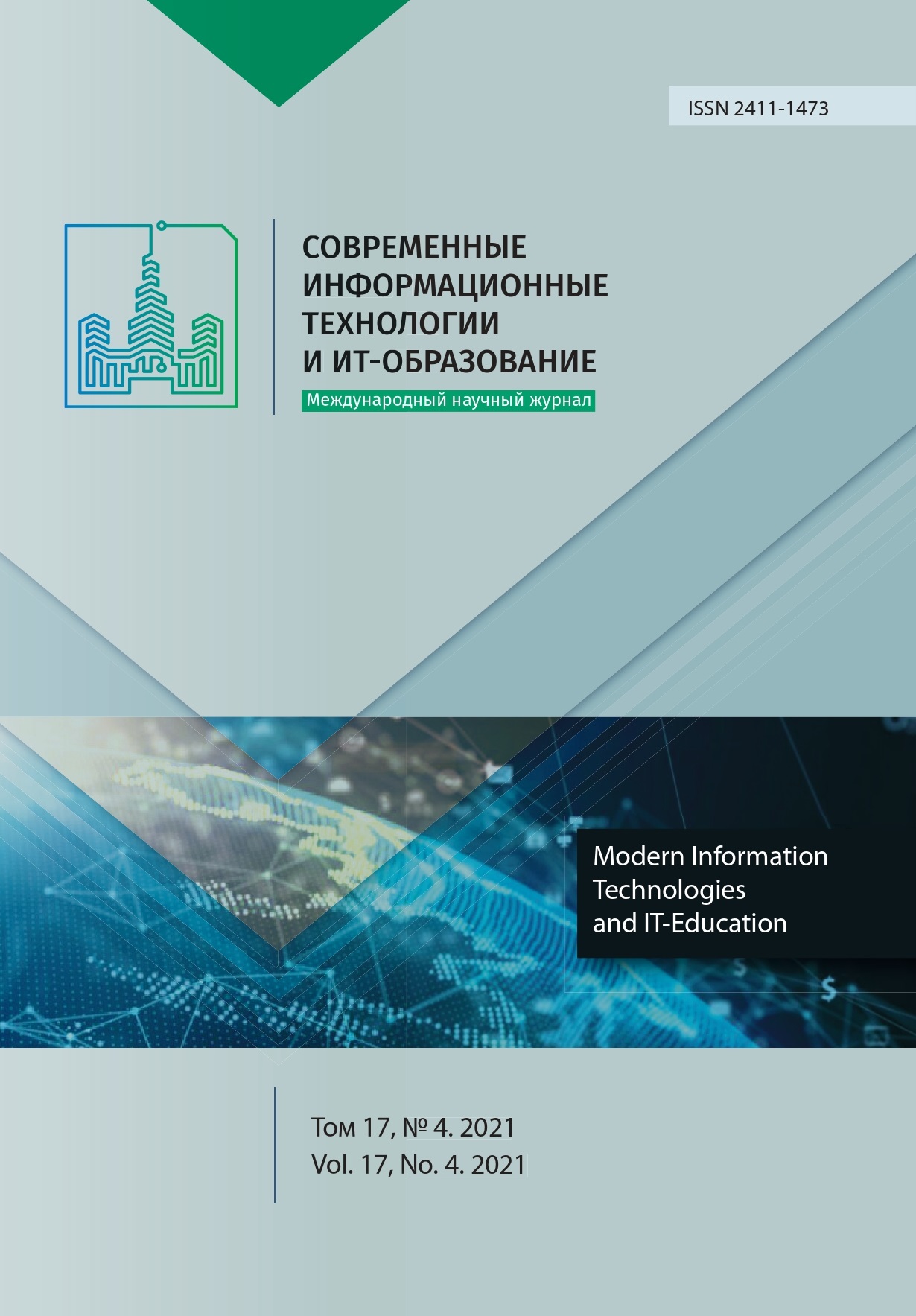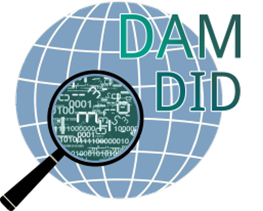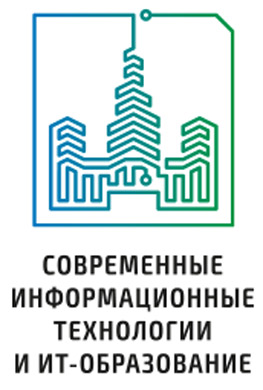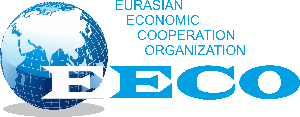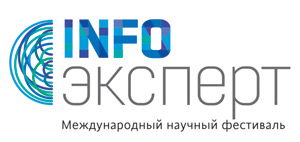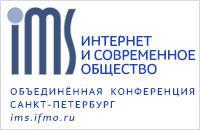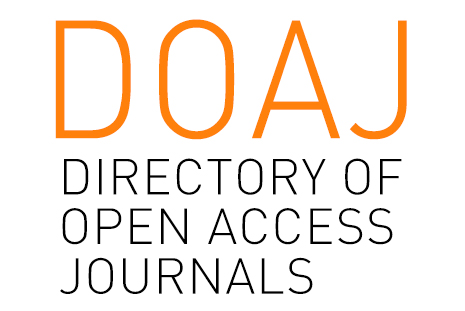Обогащённая сеть проблем как ядро метаданных электронной библиотеки
Аннотация
Статья направлена на совершенствование объектного поиска в сети проблем электронной библиотеки. Поиск производится «вручную» на экране компьютера, на котором показывается специальная разновидность графа знаний, представляющего как документы, хранящиеся в библиотеке, так и относящиеся к ним метаданные. Одна часть узлов графа изображает хранящиеся документы в то время, как другая часть представляет технические и научные проблемы, обсуждаемые в документах, фазы решения этих проблем, места публикаций, если таковые имели место, и авторов. Рёбра графа отражают различные отношения между этими сущностями. Различаются три уровня метаданных. Верхний уровень состоит из кластеров, которые образованы уздами и рёбрами и соответствуют конкретным по своему содержанию темам, распознаваемым в библиотечном контенте. Следующие два уровня имеют словесную природу. Метки узлов, не обязательные сами по себе, образуют второй уровень метаданных. Метка представляет собой краткое номинативное словосочетание, которое присваивается узлу, когда он включается в библиотеку. Метка содействует объектному поиску, который начинается с распознавания кластеров по когнитивному отображению их конфигураций в памяти пользователя. Поиск продолжается путём перемещения в пространстве графа и изменения масштаба, в каком он показывается на экране компьютера. При достижении определённого масштаба метки становятся видимыми и начинают влиять на поиск. Третий уровень метаданных лежит вне пространства графа и представлен таблицей. Путём выделения узла, который заинтересовал пользователя, в таблице показывается строка, в которой пользователь может получить такие сведения об узле, как библиографическую запись документа или характеристику проблемы. Этот процесс даёт информацию, достаточную, чтобы принять решение о завершении или продолжении поиска. В обоих случаях пользователь получает полный доступ к требуемым документам, хранящимся в библиотеке с помощью специального браузера. Нахождение конкретного документа оказывается значимым, но не единственным исходом пользования библиотекой. Во многих случаях к библиотеке обращаются, чтобы получить сведения о состоянии некоторой научной или технической области в сжатом и, по возможности, обобщённом виде. Предлагается обогащение метаданных путём расширения номенклатуры узлов графа, делающее метаданные библиотеки более информативными и, следовательно, более пригодными для сценариев эксплуатации библиотеки, указанных выше. Рассмотрены трудности, возникающие при обогащении метаданных, и сформулированы соответствующие рекомендации. Доклад содержит пример библиотечной коллекции, сформированной согласно этим рекомендациям.
Литература
2. Siew C.S.Q., Wulff D.U., Beckage N.M., Kenett Y.N., Meštrović A. Cognitive Network Science: A Review of Research on Cognition through the Lens of Network Representations, Processes, and Dynamics. Complex. 2019; 2019:24. (In Eng.) doi: https://doi.org/10.1155/2019/2108423
3. Gagarin A.P., Filimonov I.A. Problem Network as Access Gate into a Document Repository. Sovremennye informacionnye tehnologii i IT-obrazovanie = Modern Information Technologies and IT-Education. 2020; 16(3):582-597. (In Russ., abstract in Eng.) doi: https://doi.org/10.25559/SITITO.16.202003.582-597
4. Heymann S., Grand B.L. Visual Analysis of Complex Networks for Business Intelligence with Gephi. 2013 17th International Conference on Information Visualisation. IEEE Press, London, UK; 2013. p. 307-312. (In Eng.) doi: https://doi.org/10.1109/IV.2013.39
5. Bastian M., Heymann S., Jacomy M. Gephi: An Open Source Software for Exploring and Manipulating Networks. Proceedings of the International AAAI Conference on Web and Social Media. 2009; 3(1):361-362. Available at: https://ojs.aaai.org/index.php/ICWSM/article/view/13937 (accessed 17.09.2021). (In Eng.)
6. Ait El Mouden Z., Jakimi A., Hajar M. An Algorithm of Conversion Between Relational Data and Graph Schema. In: Rocha Á., Serrhini M. (eds.) Information Systems and Technologies to Support Learning. EMENA-ISTL 2018. Smart Innovation, Systems and Technologies. Vol. 111. Springer, Cham; 2019. p. 594-602. (In Eng.) doi: https://doi.org/10.1007/978-3-030-03577-8_65
7. Brandes U., Eiglsperger M., Lerner J., Pich C. Graph Markup Language (GraphML). In: Tamassia R. (ed.) Handbook of Graph Drawing and Visualization. 1st ed. Chapman and Hall/CRC, New York; 2013. p. 517-541. (In Eng.) doi: https://doi.org/10.1201/b15385-19
8. Borgman C.L. What are digital libraries? Competing visions. Information Processing and Management. 1999; 35(3):227-243. (In Eng.) doi: https://doi.org/10.1016/S0306-4573(98)00059-4
9. Fox E.A., Akscyn R.M., Furuta R.K., Leggett J.J. Digital libraries. Communications of the ACM. 1995; 38(4):22-28. (In Eng.) doi: https://doi.org/10.1145/205323.205325
10. Gonçalves M.A., Fox E.A., Watson L.T., Kipp N.A. Streams, Structures, Spaces, Scenarios, Societies (5S): A Formal Model for Digital Libraries. ACM Transactions on Information Systems. 2004; 22(2):270-312. (In Eng.) doi: https://doi.org/10.1145/984321.984325
11. Ferro N., Silvello G. NESTOR: A formal model for digital archives. Information Processing & Management. 2013; 49(6):1206-1240. (In Eng.) doi: https://doi.org/10.1016/j.ipm.2013.05.001
12. Constantin A., Peroni S., Pettifer S., Shotton D., Vitali F. The Document Components Ontology (Do-CO). Semantic Web. 2016; 7(2):167-181. (In Eng.) doi: https://doi.org/10.3233/SW-150177
13. Mann W.C., Thompson S.A. Rhetorical Structure Theory: Toward a functional theory of text organization. Text ‒ Interdisciplinary Journal for the Study of Discourse. 1988; 8(3):243-281. (In Eng.) doi: https://doi.org/10.1515/text.1.1988.8.3.243
14. Taboada M., Mann W.C. Rhetorical Structure Theory: Looking Back and Moving Ahead. Discourse Studies. 2006; 8(3):423-459. (In Eng.) doi: https://doi.org/10.1177/1461445606061881
15. Marcu D. The Rhetorical Parsing of Unrestricted Texts: A Surface-based Approach. Computational Linguistics. 2000; 26(3):395-448. (In Eng.) doi: https://doi.org/10.1162/089120100561755
16. Gagarin A.P., Serdyukov V.V. Dynamic ontology based retrieval and analysis of information on science and engineering. Sovremennye informacionnye tehnologii i IT-obrazovanie = Modern Information Technologies and IT-Education. 2018; 14(3):654-662. (In Russ., abstract in Eng.) doi: https://doi.org/10.25559/SITITO.14.201803.654-662
17. Fatimi S., El Saili C., Alaoui L. Semantic Oriented Text Clustering Based on RDF. 2020 International Conference on Intelligent Systems and Computer Vision (ISCV). IEEE Press, Fez, Morocco; 2020. p. 1-8. (In Eng.) doi: https://doi.org/10.1109/ISCV49265.2020.9204133
18. Khan J.A., Kumar S. Deep analysis for development of RDF, RDFS and OWL ontologies with protégé. Proceedings of 3rd International Conference on Reliability, Infocom Technologies and Optimization. IEEE Press, Noida, India; 2014. p. 1-6. (In Eng.) doi: https://doi.org/10.1109/ICRITO.2014.7014747
19. Brack A., Hoppe A., Stocker M., Auer S., Ewerth R. Requirements Analysis for an Open Research Knowledge Graph. Proceedings of the 24th International Conference on Theory and Practice of Digital Libraries (TPDL 2020). Lyon, France; 2020. p. 1-15. (In Eng.) doi: https://doi.org/10.48550/arXiv.2005.10334
20. Färber M. The Microsoft Academic Knowledge Graph: A Linked Data Source with 8 Billion Triples of Scholarly Data. In: Ghidini C., et al. (eds.) The Semantic Web – ISWC 2019. ISWC 2019. Lecture Notes in Computer Science. Vol. 11779. Springer, Cham; 2019. p. 113-129. (In Eng.) doi: https://doi.org/10.1007/978-3-030-30796-7_8
21. Brodaric B., Reitsma F., Qiang Y. SKIing with DOLCE : toward an e-Science knowledge infrastructure. In: Eschenbach C., Gruninger M. (eds.) Frontiers in Artificial Intelligence and Applications. Vol. 193. Amsterdam, The Netherlands: IOS Press; 2008. p. 208-219. Available at: https://biblio.ugent.be/publication/723935 (accessed 17.09.2021). (In Eng.)
22. Borlund P. Interactive Information Retrieval: An Introduction. Journal of Information Science Theory and Practice. 2013; 1(3):12-32. (In Eng.) doi: https://doi.org/10.1633/JISTaP.2013.1.3.2
23. Shen J., Xiao J., He X., Shang J., Sinha S., Han J. Entity Set Search of Scientific Literature: An Unsupervised Ranking Approach. Proceedings of the 41st International ACM SIGIR Conference on Research & Development in Information Retrieval (SIGIR '18). ACM, New York, NY, USA; 2018. p. 565-574. (In Eng.) doi: https://doi.org/10.1145/3209978.3210055
24. Wu J., Williams K.M., Chen H.-H., Khabsa M., Caragea C., Tuarob S., Ororbia A.G., Jordan D., Mitra P., Giles C.L. CiteSeerX: AI in a Digital Library Search Engine. AI Magazine. 2015; 36(3):35-48. (In Eng.) doi: https://doi.org/10.1609/aimag.v36i3.2601
25. Otasek D., Morris J.H., Bouças J., Pico A.R., Demchak B. Cytoscape Automation: empowering workflow-based network analysis. Genome Biology. 2019; 20:185. (In Eng.) doi: https://doi.org/10.1186/s13059-019-1758-4

Это произведение доступно по лицензии Creative Commons «Attribution» («Атрибуция») 4.0 Всемирная.
Редакционная политика журнала основывается на традиционных этических принципах российской научной периодики и строится с учетом этических норм работы редакторов и издателей, закрепленных в Кодексе поведения и руководящих принципах наилучшей практики для редактора журнала (Code of Conduct and Best Practice Guidelines for Journal Editors) и Кодексе поведения для издателя журнала (Code of Conduct for Journal Publishers), разработанных Комитетом по публикационной этике - Committee on Publication Ethics (COPE). В процессе издательской деятельности редколлегия журнала руководствуется международными правилами охраны авторского права, нормами действующего законодательства РФ, международными издательскими стандартами и обязательной ссылке на первоисточник.
Журнал позволяет авторам сохранять авторское право без ограничений. Журнал позволяет авторам сохранить права на публикацию без ограничений.
Издательская политика в области авторского права и архивирования определяются «зеленым цветом» в базе данных SHERPA/RoMEO.
Все статьи распространяются на условиях лицензии Creative Commons «Attribution» («Атрибуция») 4.0 Всемирная, которая позволяет другим использовать, распространять, дополнять эту работу с обязательной ссылкой на оригинальную работу и публикацию в этом журналe.
